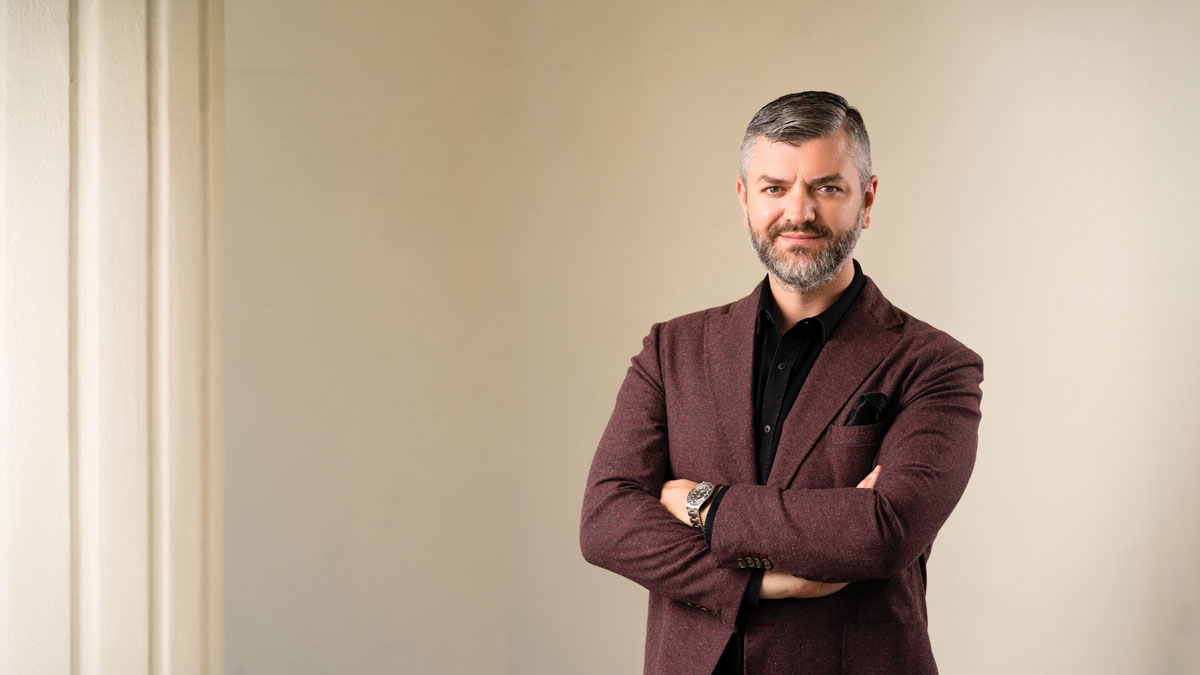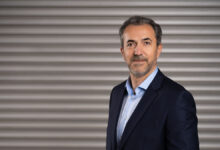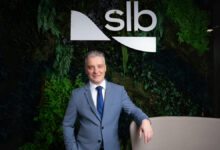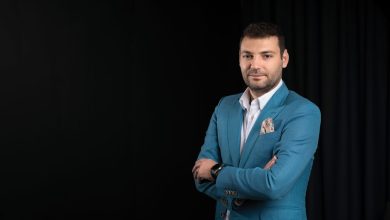Mirel Jarnea, Business Development Manager SEE at LONGi SOLAR: Photovoltaics – A Strategic Business Decision
Mirel Jarnea, Business Development Manager SEE at LONGi SOLAR, assesses the evolution of the renewable energy market in Romania and reveals how businesses can embrace solar energy for a sustainable future.
LONGi, one of the world’s leading solar technology companies, provides a comprehensive suite of solar PV solutions that can optimize a wide range of project applications. Under its mission of ‘Making the best of solar energy to build a green world’, LONGi has dedicated itself to technology innovation and established five business sectors, covering mono silicon wafers cells and modules, commercial & industrial distributed solar solutions, green energy solutions, and hydrogen equipment.
As a long-time manager in the energy sector, Mirel Jarnea has significant expertise in the PV sector along with energy efficiency solutions for B2B industry. His extensive product knowledge has delivered a wide range of customers successful outcomes, and prior to his work at LONGi, he spent over 10 years implementing energy efficiency solutions for shopping centres as well as other retail and industry players. As SEE manager for the largest global solar module manufacturer, he delivers on full EPC projects that demonstrate the wide array of benefits customers gain from choosing clean power, energy efficiency, and even the new generation of IOT, for a next-level user experience.
Dear Mirel Jarnea, you have been managing LONGi SOLAR for relatively less time, but your experience in the energy sector allows you to make an objective assessment of the renewable energy market in Romania. How do you assess the latest developments in this market at domestic and European level?
Mirel Jarnea: In recent years, Romania’s renewable energy market has seen significant advancements, driven by both domestic initiatives and broader European Union policies aimed at fostering a transition to greener energy sources.
There has been a marked increase, here, in the adoption of renewable energy technologies—particularly solar and wind power. The government has introduced various incentives and regulatory frameworks to support this transition. These measures have, in turn, spurred investment from both local and international players, resulting in a growing number of clean energy projects.
At the European level, the push towards renewables is even more pronounced. The European Union has set ambitious targets for reducing greenhouse gas emissions and increasing the share of renewables in its energy mix as part of the Green Deal and the Fit for 55 Package. These initiatives aim to make Europe the first climate-neutral continent by 2050.
Romania, as an EU member state, benefits from these policies through access to funding, technology, and expertise. The European Union’s emphasis on cross-border cooperation and energy market integration also helps us leverage its clean energy potential more effectively.
According to experts, the Romanian energy sector is poised for transformative change over the next few years, shaped by a confluence of technological advancements and supportive policy frameworks. How can Romania become a first-rate choice for foreign investment?
Mirel Jarnea: Romania is indeed on the brink of significant transformation in its energy sector, and there are several strategic steps that can be taken to make it a top destination for foreign investment.
Consistency and transparency in policy and regulatory frameworks are both crucial. Romania can attract foreign investors by ensuring stable and predictable energy policies. This includes long-term commitments to renewable energy targets, clear guidelines for project approvals, and streamlined permitting processes. Simplifying administrative procedures and reducing bureaucratic hurdles will make it easier for investors to navigate the market.
Investing in modernizing the energy infrastructure is essential, from upgrading the national grid to handle higher capacities of renewable energy and improving energy storage solutions, to developing smart grid technologies. Also, by improving cross-border energy trade and interconnections, Romania can offer investors access to a larger, integrated market. This not only increases the potential for energy exports but also enhances grid stability and energy security in the region.
Finally, Romania should continue to deploy European Union funds and other international financing opportunities to support renewable energy projects.
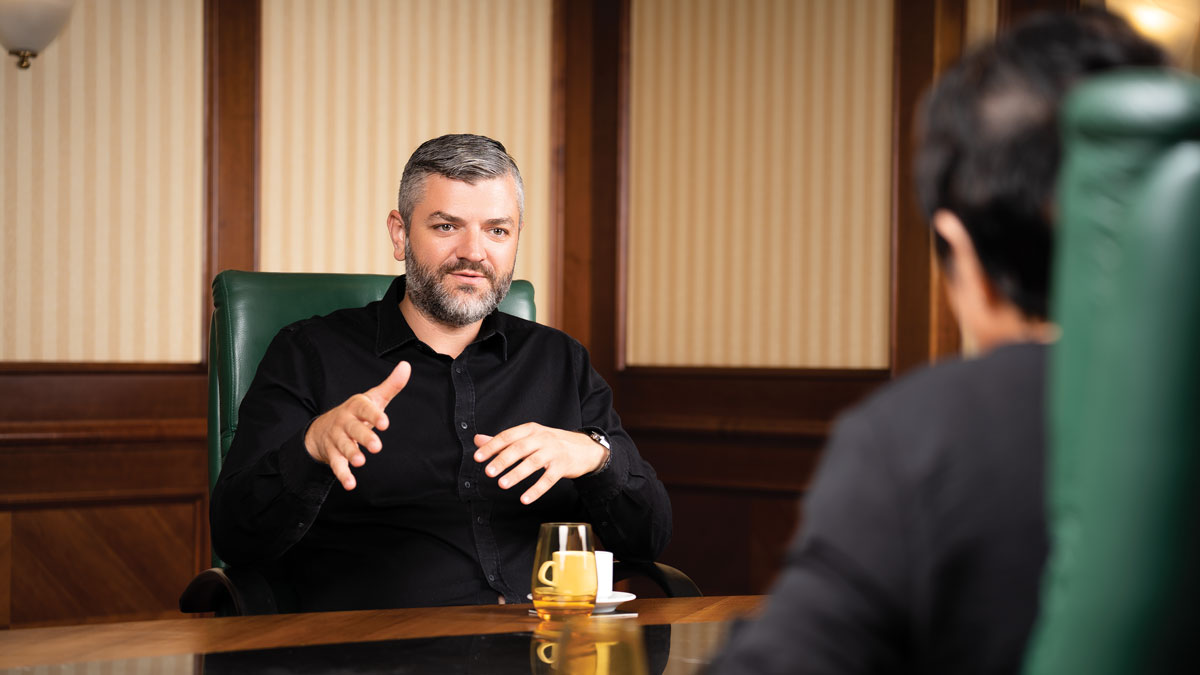
Technological advancements can have a major impact on renewable energy development. As a global leader in solar technology, what are LONGi’s solutions to drive the energy transition?
Mirel Jarnea: LONGi is committed to driving the global transition to renewable energy through continuous innovation and sustainable manufacturing practices. Our mission is to build a greener world by providing cutting-edge solar technology solutions that maximize efficiency, reduce costs, and minimize environmental impact.
LONGi is also pioneering the integration of solar technology with green hydrogen production: using solar energy to power electrolysis processes, we can produce green H2, which is becoming an essential, versatile, and clean energy carrier. Green hydrogen can be used in a range of sectors, including transportation, heavy industry, and power generation, further reducing carbon emissions and promoting a sustainable energy ecosystem.
We’re committed, too, to reducing our environmental footprint through sustainable manufacturing practices. We use renewable energy in our production facilities, we’re implementing efficient waste management systems and minimizing water usage. Our goal is to achieve carbon neutrality throughout our entire value chain and we’re well on the way.
What kind of advanced technologies and innovative business models are defining your company’s brand?
Mirel Jarnea: LONGi is at the forefront of solar technology innovation, particularly, today, with our development of solar BC (Back Contact) cell technology and green hydrogen production.
Our BC cell technology represents a significant leap forward in solar panel efficiency. By eliminating the shading caused by front-side electrodes and utilizing a back-contact design, we maximize the active surface area exposed to sunlight. This approach significantly enhances the conversion efficiency of our modules, making them some of the most efficient on the market.
Last year, LONGi has signed a 576 MW sales agreement with Nofar Romania, implementing the latest generation of its Hi-MO 7 modules. Could you please provide more details on these high efficiency modules?
Mirel Jarnea: We’re very proud of this cooperation and, indeed, LONGi’s Hi-MO 7 modules feature advanced technology. It’s aimed at maximizing efficiency and performance in solar energy systems, boasting a high bifacial ratio of around 80%, which significantly enhances power generation. They also have an excellent power temperature coefficient of -0.28%/°C, allowing for superior performance even in extreme weather. The Hi-MO 7 offers a 4.5% increase in power output compared to mainstream products, leading to cost savings in balance-of-system components and maintenance. And the modules come with a reliable linear power warranty, ensuring long-term durability and performance. It’s simply a fantastic product and well-suited for a wide range of large-scale applications.
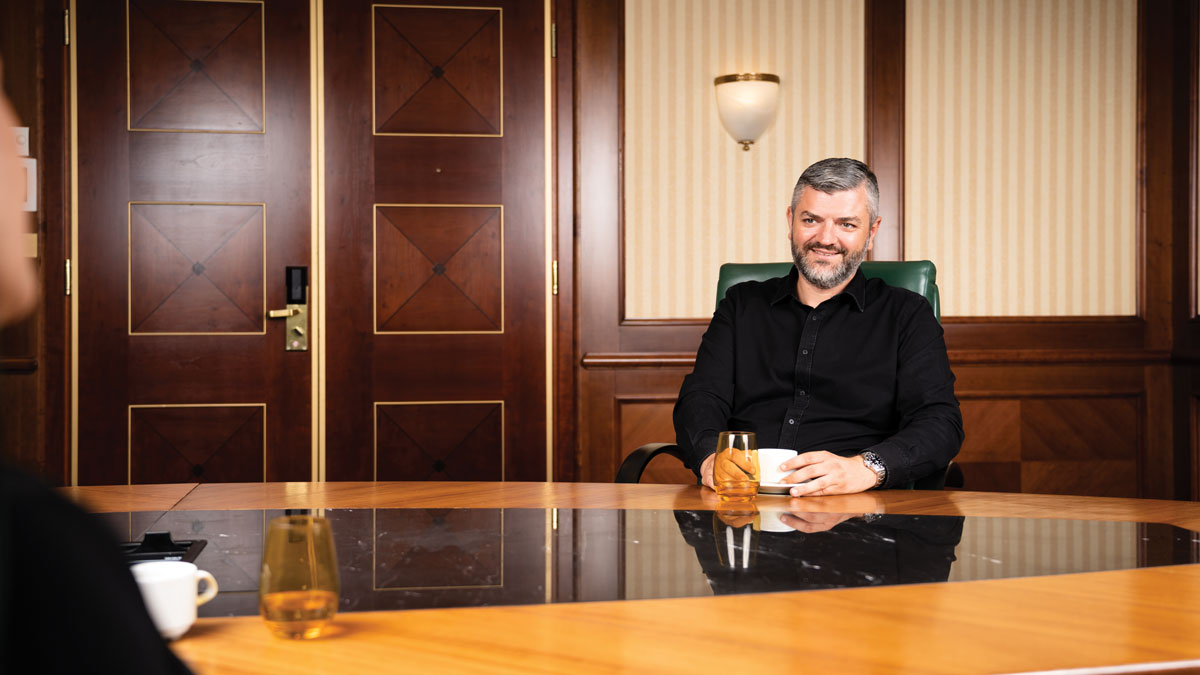
What are the project’s status and its benefits?
Mirel Jarnea: Our cooperation with Nofar is progressing well and reflects the positive development of the country’s clean energy generation capacity. The sales agreement underscores our commitment to advancing solar energy infrastructure in the region, with the projects not only contributing to reducing carbon emissions but also supporting Romania’s energy independence and sustainability goals.
What about LONGi’s future projects in Romania and Southeastern Europe?
Mirel Jarnea: LONGi is dedicated to fostering renewables growth in Romania and Southeastern Europe. We anticipate continued collaboration with regional partners, leveraging our advanced solar technology and cost-effective products to drive further adoption of renewable energy, ensuring a cleaner, more sustainable future for the region.
Expected reductions in technology costs will be a major driver of the energy transition. Also, the cost competitiveness will make renewable energy more attractive to investors and more affordable for consumers. What’s the impact of the PV modules’ low prices on LONGi’s development plans?
Mirel Jarnea: The competitive landscape, driven by overcapacity, has resulted in downward pressure on PV module prices. However, LONGi’s commitment to technological innovation and operational efficiency enables us to remain competitive. Our focus on high-efficiency products, such as Solar BC cells, ensures that we can offer superior performance at competitive prices, thereby maintaining our market leadership. In addition, we put our customers in the centre, with a commitment to meeting their needs and to continual, transparent communication—and relationships based on trust can weather market fluctuations.
While the competitive market environment presents challenges, it also pushes us and others to innovate and optimize, which is also good for the sector. Our strong financial performance—the best in the industry, strategic investments in BC technology, and commitment to cost efficiency ensure that LONGi remains a top player in the renewable energy sector. We’re confident that our approach will continue to drive growth and sustainability in the long run.
What are the factors affecting the renewable energy equipment market and why the quality of the renewable equipment is so important?
Mirel Jarnea: The renewable energy equipment market is influenced by factors such as technological advancements, regulatory policies, market demand, and price competition. Among these, the price competition can significantly impact quality. At LONGi, however, we prioritize quality and reliability above all else, and our partners and customers know they expect this from us.
One example of our commitment to quality is our use of wafers in our solar panels that are thicker than the industry standard. While this choice may increase production costs, it significantly enhances the durability and performance of our products.
Thicker wafers reduce the risk of micro-cracks and mechanical damage, which are common issues that can compromise the efficiency and lifespan of solar panels. By investing in higher quality materials and manufacturing processes, we ensure that our products meet the highest standards of reliability and performance.
Romania’s government commitment to meeting EU renewable energy targets is fostering a supportive environment for renewables. How does the National Recovery and Resilience Plan help the projects for the installation of PV panels?
Mirel Jarnea: The Romanian government’s commitment is crucial for solar energy growth. The National Recovery and Resilience Plan (PNRR) offers financial incentives, streamlines bureaucratic processes, and invests in grid infrastructure and advanced technologies. This makes installing PV panels more affordable and efficient.
Do you find a spirit of cooperation between EPC players in Romania useful?
Mirel Jarnea: The cooperation among EPC players in Romania is also very beneficial.
By working together, these players share knowledge, optimize resources, drive innovation, and mitigate risks. This collaboration leads to better project execution and higher quality installations.
PNRR’s support and the collaborative spirit among EPCs are key to accelerating Romania’s PV projects, also of course aligning with the EU’s renewable energy goals.
Rystad Energy estimates continued strong additions from renewables during 2024 with solar leading growth for the first time both in terms of capacity and generation. Combined with more stable output from nuclear generation, they anticipate this will lead to a further decline in fossil fuel demand for power. How can businesses embrace solar energy for a sustainable future?
Mirel Jarnea: Businesses have multiple pathways to embrace solar energy and contribute to a sustainable future. By investing in on-site and off-site solar projects, leveraging energy storage, implementing smart energy management systems, and engaging in sustainability initiatives, companies can reduce their carbon footprint.
That ESG aspect is so important but, just as crucial, businesses can achieve long-term energy cost savings this way.
In Romania, the government’s supportive policies, including financial incentives and streamlined regulatory processes, make it easier for businesses to invest in solar energy.
Our geographical location offers excellent solar potential, also enhancing the viability and efficiency of solar projects. Embracing PV is an environmental imperative but also a strategic business decision that enhances resilience and competitiveness in the evolving energy landscape.
Hi-MO 7 KEY FEATURES
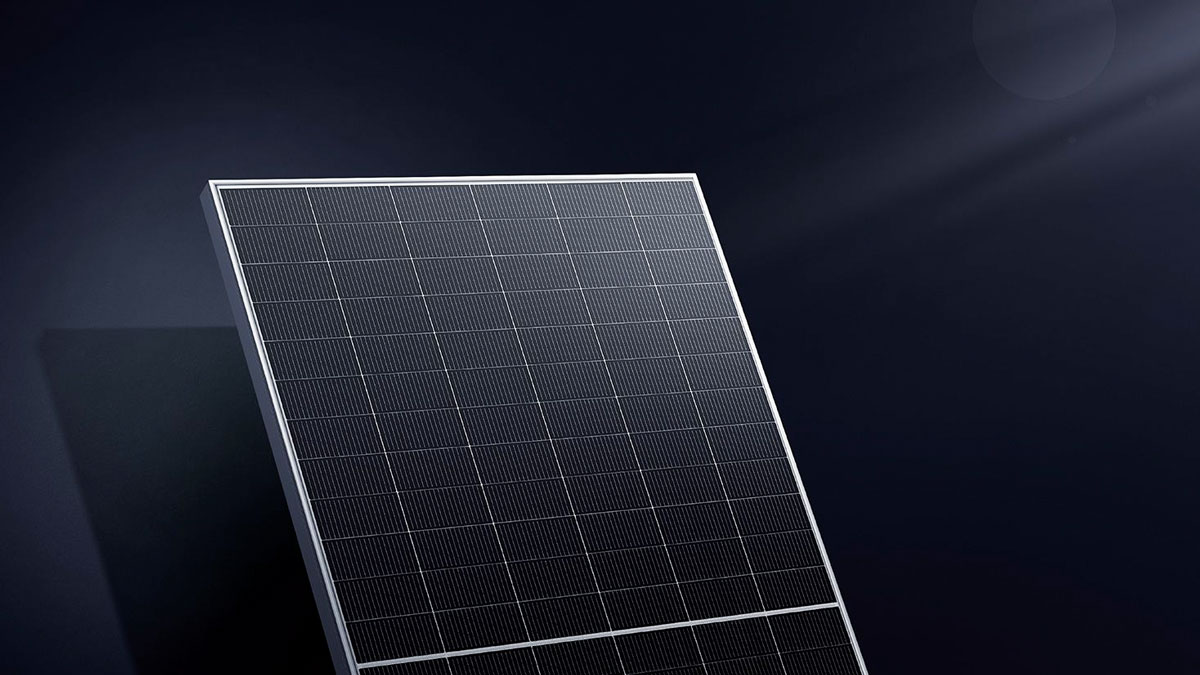
Reliable upgrade, leading warranty
With the optimization of high-quality silicon wafers, cells, and module packaging design, Hi-MO 7 offers a linear power warranty with an annual degradation rate of up to 0.4%.
Significant improvement in power generation performance
Due to its higher bifacial ratio of approximately 80%, superior power temperature coefficient of -0.28%/℃, compared to mainstream bifacial module currently available on the market, it can achieve a power generation gain of up to 3%.
BOS cost savings
Compared to mainstream products, Hi-MO 7 offers a power increase of approximately 4.5%, which can result in increased installation capacity and overall savings on brackets, inverters, cables, land, and AC side equipment per watt.
Operation and Maintenance cost savings
The improved efficiency of Hi-MO 7 effectively reduces the cost of equipment, module cleaning, land rental, maintenance, etc.


